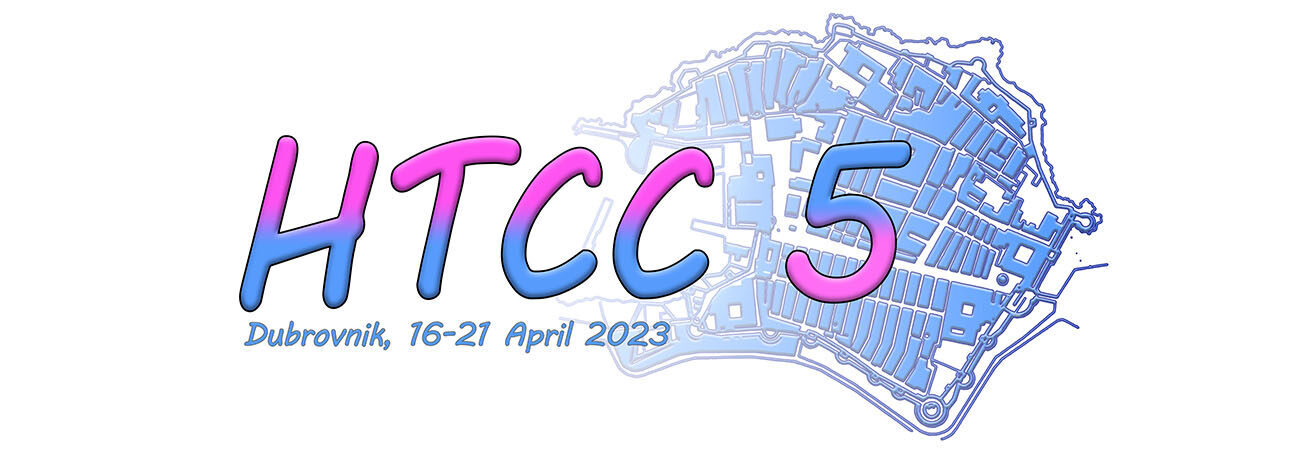Visualizing molecular structures and their interactions is essential for understanding of their function. A number of computer programs that serve this purpose have become indispensable tools in this niche.
Programs such as Pymol, Chimera, Coot, to mention perhaps the most known examples, all have their devoted followers based on their strengths and shortcomings. However, as the daily tasks of a scientist are ever more complex and interdisciplinary, the need for tighter integration of the visualization programs with the other programming tools becomes a must.
In this area, programs for molecular visualization such as NGLViewer become seamlessly integrated with general programming environments, such as Jupyter notebooks, and are much more adapt to the agile programming workflow. The “Visualization” module will try to raise awareness of prospective users of these emerging programming environments. A use case of integrating visual environment with the relational data stored in the background will show how humans can deal with large amounts of data, if it is suitably transformed and presented. Also libraries for 2D visualization such as D3.js will also be employed in conjunction with relational and networked data.






